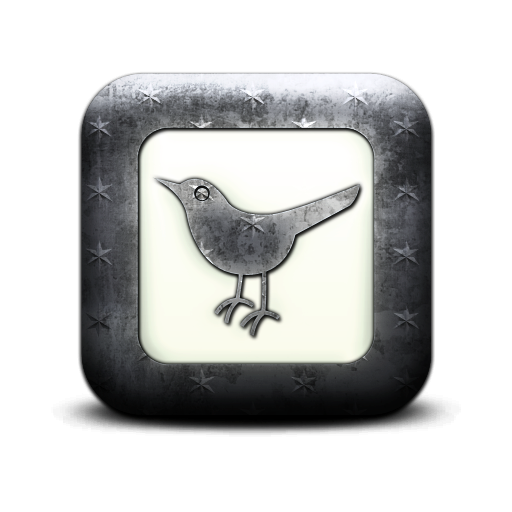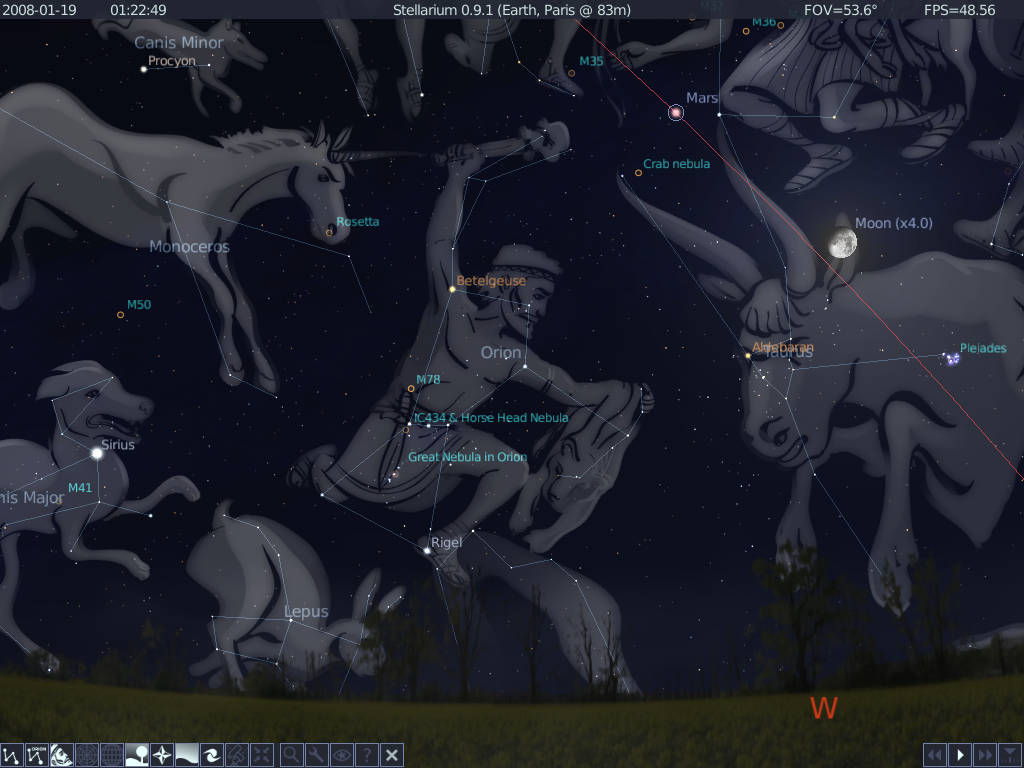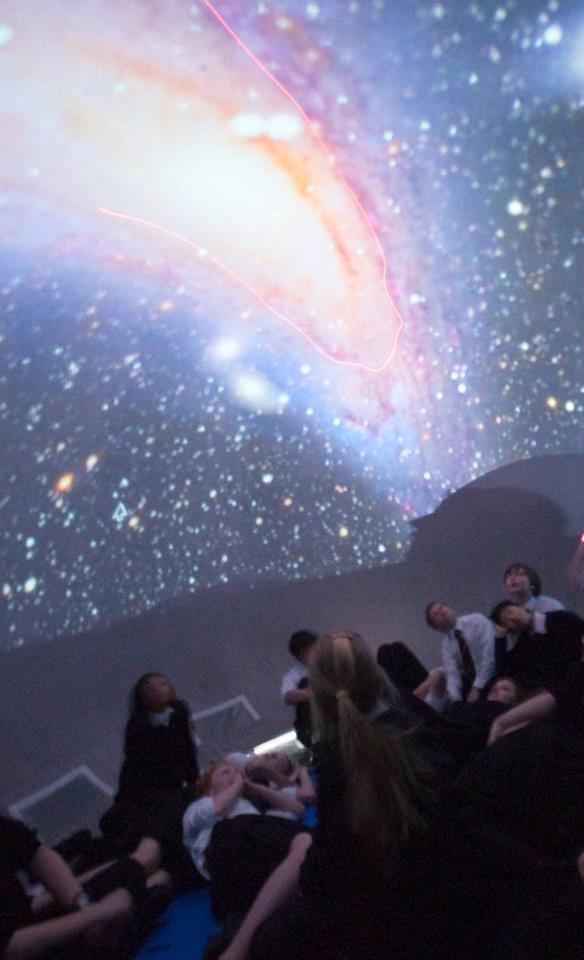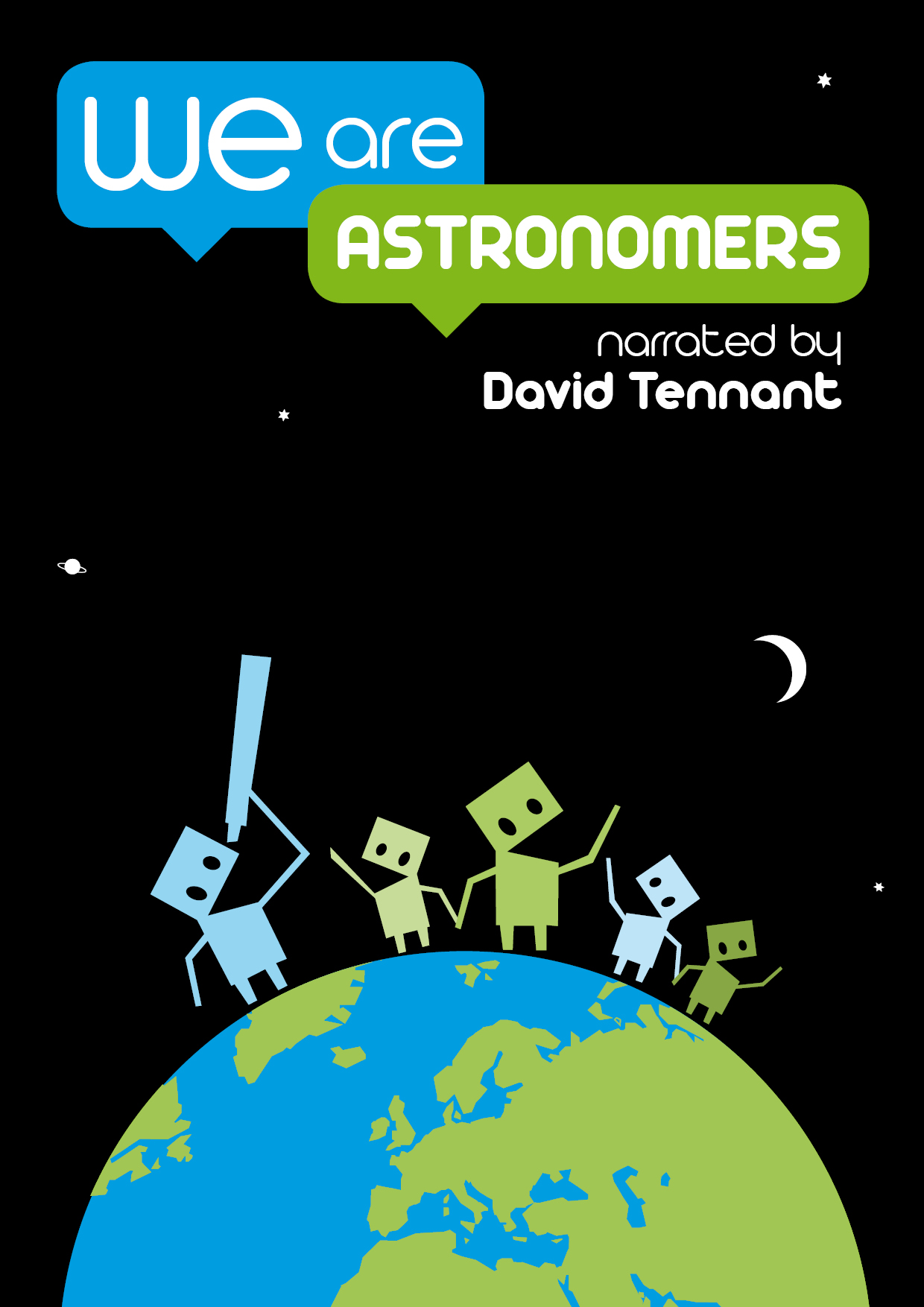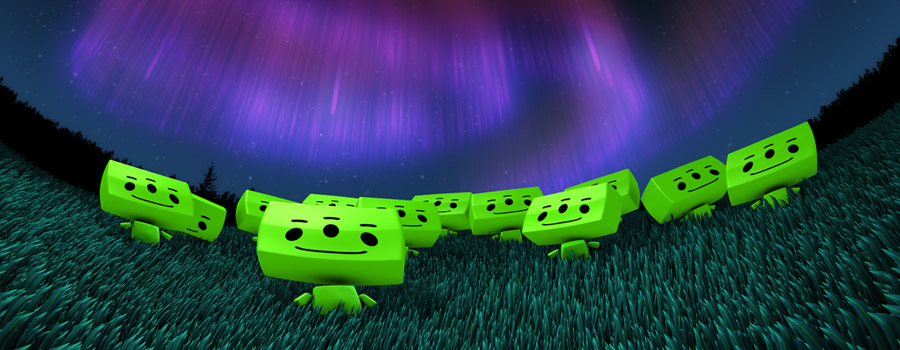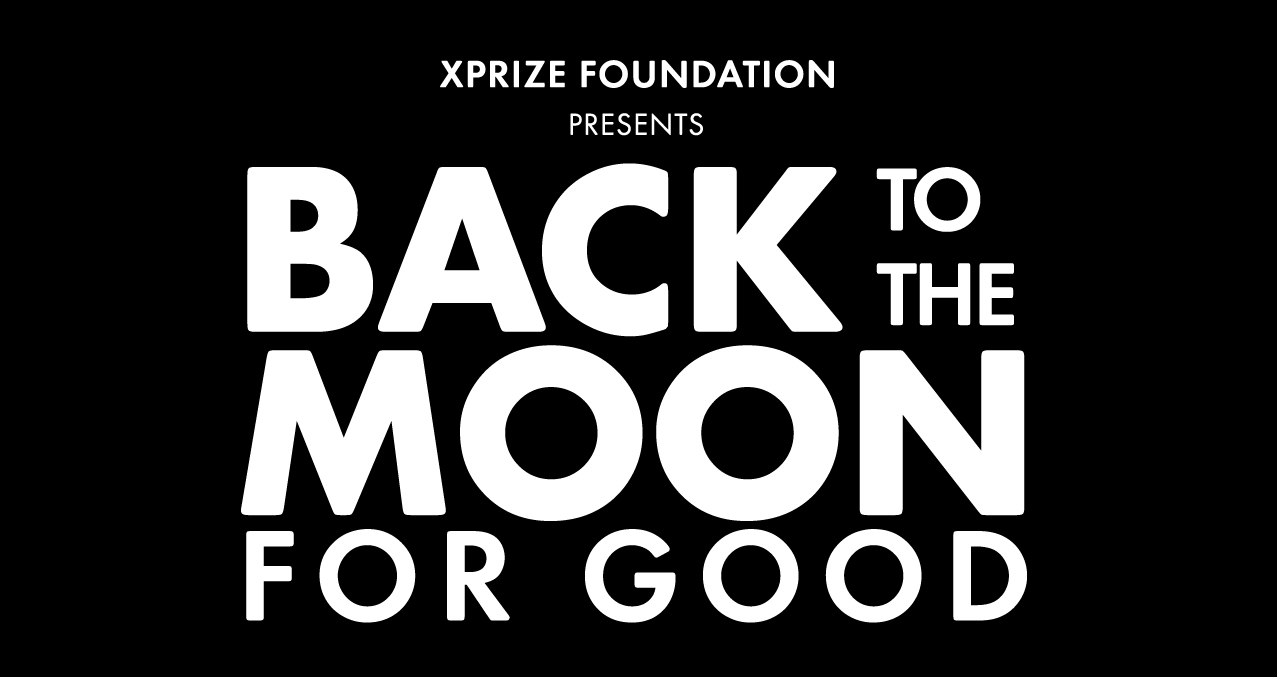We will offer shows FREE of charge to groups of students from primary through to A level. Students get the oppurtunity to explore the wonders of the night sky as seen from South England in this full-dome planetarium projection.
Guided Tours are aimed at giving the student an understanding of the Northern Hemisphere constellations, explaining the physics of galaxies and stars which can be seen from England. These tours are interactive and the students are expected to answer questions during the show. We use the FREE software called Stellarium and shows can be tailored to all ages from Primary to A-level.
Interactive Tour length 20-40mins!
Interactive Talks can be tailored to the needs of the students and the syllabus studied. We usually take astronomy questions outside of dome after the show due to the way sound travels around in the spherical environment.
Most shows include how and when to observe some of the most spectacular night time objects with the naked eye. Current interactive tours are based around the GCSE syllabus subjects; the Life cycle of stars, Celestial co-ordinates, red-shift and blue-shift and black holes.
For primary level we focus more on the Planets and the Moon and Sun to cover the primary syllabus Space subjects.
For A-level we talk about the Life Cycle of the stars but also discuss Galaxies, Cosmology and the Universe as a whole which covers some syllabus subjects from A-Level astrophysics and GCSE Astronomy.
Typical shows include a 25 min interactive guided tour which follows on from one of the films (also lasting 25 mins, described on the right of this page).
Students will learn about the planets and the astrophysics of stars, black holes and the Universe as a whole. We also include some of the history and mythology of the constellations and the basic celestial mechanics and astronomical principles.
The Life Cycle of Stars talk specifically describes the progression from the early star forming nebula to supernovae explosions to the final death of the star resulting in a neutron star or black hole.
To download a copy of the script for this talk please click the following link: GCSE Life Cycle of Stars Talk
Syllabus relevant shows can be provided on request. Make sure to put your exam board and specific information that you want included on the booking form.
You can download the Stellarium software on your own computers for Free from the Stellarium Website. There is also an app for the iPhone and iPad. I also highly recommend the "StarWalk" app and the new "Wonders" App from Professor Brian Cox.
The show is aimed at KS3, KS4 and Post-16 students.
Learn all about how astronomers work together, using cutting edge technology to the study the universe. The show also discusses the electromagnetic spectrum and features the voice of David Tennant. It also includes an introduction to the James Webb Telescope and the Large Hadron Collider.
Lasts 25 minutes (full version) or 12 mins (cut version).
For further information on this amazing movie see the
'We are Astronomers' website.
Image Credit: NSC Creative
The show is aimed at Primary and Yr 7 students.
This film introduces the search for aliens life in our Solar system and our galaxy, specifically focusing on Mars, and Jupiter's moon Europa.
Lasts 23 minutes.
For teaching resources which complement this show see the
'We are Aliens' Physics resources website.
The show is aimed at KS3, KS4 and post-16 students.
The show opens with the first era of space exploration in the late 1960s and early 1970s. We see what that era of landers and orbiters taught us about our nearest neighbor including the discovery of the Moon’s origin, composition, structure and the accessibility of raw materials on its surface. The Google Lunar XPRIZE is introduced as the largest incentivized competition to date, designed to democratize space and create new opportunities for eventual human and robotic presence on the Moon. We see the engineering and innovation steps taken by the internationally distributed teams competing to land a spacecraft on the Moon and vie for additional prizes. We highlight the human spirit of competition and collaboration as teams take on this audacious challenge. Who will win the $30 million Google Lunar XPRIZE? The audience is taken through a successful launch, landing and lunar surface travel. The show ends with a stunning glimpse of a plausible scenario for our future on the Moon.
Lasts 23 minutes.
For more information about the Google Lunar X prize click the link below
Image Credit: NSC Creative
